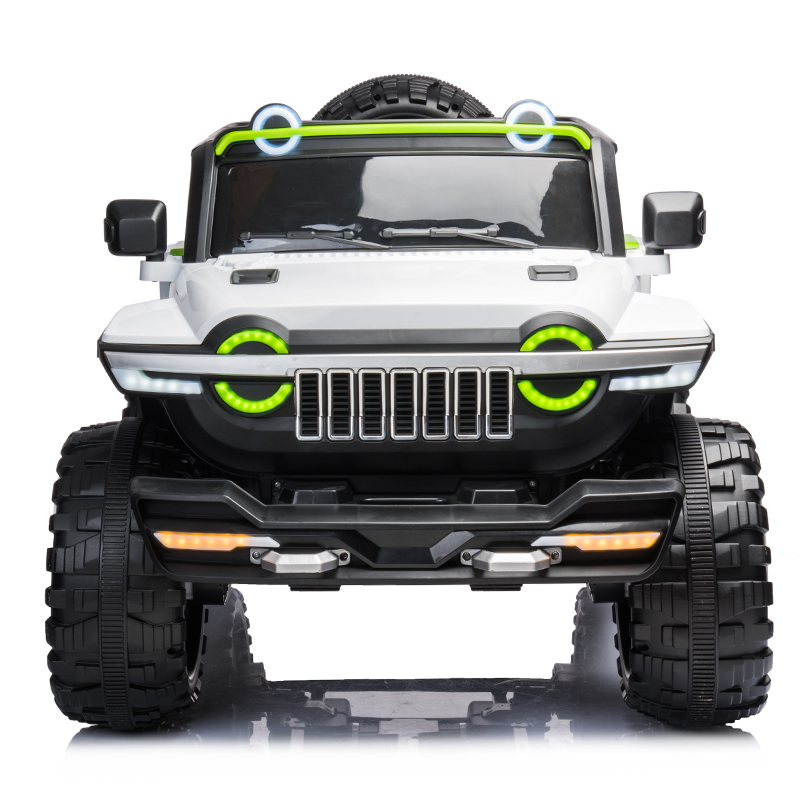Understanding the Key Differences Between Scooters and Motorcycles
The Difference Between Scooters and Motorcycles
When it comes to two-wheeled vehicles, many people often find themselves torn between choosing a scooter and a motorcycle. While both serve the purpose of providing efficient and enjoyable means of transportation, they cater to different needs and preferences. Understanding the key differences between scooters and motorcycles can help you make an informed decision based on your lifestyle, riding skills, and intended usage.
1. Design and Structure
One of the most noticeable differences between scooters and motorcycles lies in their design and structure. Scooters typically have a step-through frame, which means they allow the rider to easily hop on and off without needing to swing a leg over the seat. This design feature is particularly beneficial for urban riders who may frequently stop and start. Scooters usually have smaller wheels, generally ranging from 10 to 16 inches in diameter, which further enhances their maneuverability in crowded city streets.
Conversely, motorcycles tend to have a more traditional design with a heavier frame, larger wheels (usually 17 inches or more), and a distinctive seat that requires the rider to mount the vehicle by swinging a leg over. This structure often allows for greater stability at higher speeds, making motorcycles better suited for longer rides and highway travel.
2. Engine Size and Performance
Engine size is another significant distinction between the two types of vehicles. Scooters generally come equipped with smaller engines, typically ranging from 50cc to 200cc. Because of this, they are designed for city commuting and short-distance travel rather than high speeds. While scooters can reach decent speeds (up to around 60 mph for more powerful models), they lack the acceleration and power of motorcycles.
Motorcycles, on the other hand, boast a wider range of engine sizes, from 250cc models for beginners to high-performance bikes that can exceed 1,000cc. This larger engine capacity allows motorcycles to achieve greater speeds and enables them to perform well on highways and in various riding conditions. For those who prioritize performance and greater power for long-distance travel or adventurous riding, motorcycles are generally the better option.
3. Fuel Efficiency
Both scooters and motorcycles are generally more fuel-efficient than cars, but scooters often have the edge due to their smaller engines. Many modern scooters boast fuel efficiency ranging from 75 to 100 miles per gallon, which makes them a cost-effective choice for everyday commuting in urban environments.
difference between scooter and motorcycle

Motorcycles can also be fuel-efficient, particularly smaller models, which may achieve around 40 to 70 miles per gallon. However, the larger the engine, the more gasoline a motorcycle will typically consume. Thus, if saving on fuel costs is a primary concern, a scooter may be the more economical option.
4. Licensing and Insurance
The regulations governing licensing and insurance also differ between scooters and motorcycles. In many jurisdictions, operating a scooter with a small engine (often classified under 50cc) may not even require a motorcycle license, whereas motorcycles typically necessitate a motorcycle endorsement. This means that if you are new to riding or prefer to avoid intensive training, a scooter might be the less daunting choice.
Regarding insurance, scooters are generally cheaper to insure due to their lower value and power output. Motorcycle insurance can vary greatly based on the bike’s make, model, and engine size, potentially resulting in higher premiums.
5. Comfort and Storage Space
In terms of comfort, scooters often come with a more relaxed riding position and larger, more cushioned seats, making them ideal for short trips around town. Some scooters also provide under-seat storage and additional compartments, allowing riders to carry personal items conveniently.
Motorcycles vary widely in terms of comfort, depending on the type and design. Sport bikes often have a forward-leaning position that can be tiring on longer rides, while touring motorcycles are designed for maximum comfort with spacious seating and ample storage options. However, they typically lack the convenient built-in storage found in most scooters.
Conclusion
In summary, the choice between a scooter and a motorcycle largely depends on your riding style, purpose, and preferences. Scooters are ideal for urban commuting, ease of use, and fuel efficiency, while motorcycles offer more power, speed, and versatility for road trips and adventurous rides. Understanding these differences will help you choose the two-wheeler that best suits your needs and enhances your riding experience. Whether you opt for the sleek design of a scooter or the robust performance of a motorcycle, both options promise an exciting journey on two wheels.
-
Understanding Voltage in Battery for Children's Motorized CarNewsJun.05,2025
-
Safety Features to Look for in an Electric Car for KidsNewsJun.05,2025
-
How to Teach Your Child to Ride a Kids MotorcycleNewsJun.05,2025
-
How to Prevent Falls on a Balanced ScooterNewsJun.05,2025
-
How to Maintain Your 3 Wheeled Scooter for LongevityNewsJun.05,2025
-
Best Motorcycle Scooters for Urban CommutingNewsJun.05,2025
